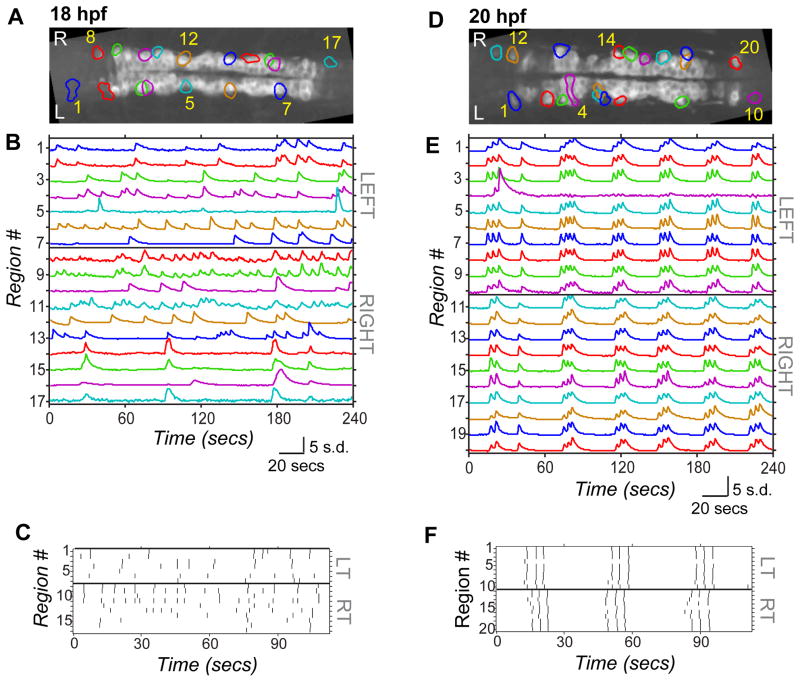Figure 1. Spontaneous calcium activity in spinal neurons progresses from sporadic to locomotor-like during embryonic development.
GCaMP3 activity in single neurons in one example embryo at 18 hpf (left) and 20 hpf (right). (A,D) Dorsal views of GCaMP3 baseline fluorescence with active regions circled (rostral left; imaged area somites 4–8). (B,E) Normalized intensity traces for active regions (identified on y-axis) for the left and right sides of the cord, with amplitude corresponding to standard deviations (s.d.) of fluorescence away from baseline. At 18 hpf (B) ipsilateral neurons have little correlated firing, though some synchronization is observed (e.g. cells 8 & 9). At 20 hpf (E) ipsilateral neurons are tightly synchronized, with few exceptions (e.g. cell 4; note elongated shape extending to the midline). (C,F) Raster plots of detected events for subsection of data in (B) and (E). At 18 hpf (C), population activity is uncoordinated. By 20 hpf (F), ipsilateral cells are synchronized, contralateral cells alternate, and a higher order left/right bursting organization is observed. See also Supplemental Fig. 1.

